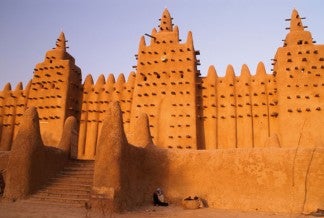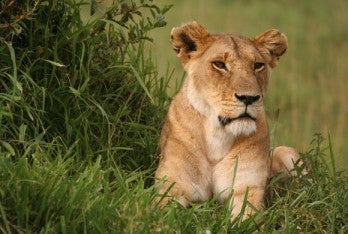Travel Photography Masterclass: Page 3

Landscapes
A popular landscape photography technique is to include a prominent
subject in the foreground. This adds a point of interest and helps to
create a perspective for the scale of the landscape. A wideangle lens
is generally best for landscapes, but a telephoto zoom can be good for
the details.
When framing your image, try varying the amount of
sky in the picture. At halfway up the frame, this can produce a fairly
static image, but as you move the horizon above or below this central
point, it creates a dynamic to the image, emphasising grandeur and
scale.
Some photographers when arriving at a location look for
the highest vantage point to get an establishing shot over the
surrounding area. This can be useful if you are trying to set the scene
or tell a story through a sequence of images.
 Architecture
Architecture
often forms a key footprint in the history of a location. A common temptation is to stand back as far as possible to get the whole view in but this can sometimes produce fairly uninspiring shots, generally full of people in the foreground wandering about.
If you want the best shot of a building, you may have to wait for the right time of the day to get that shot. Photographing early in the morning or late in the evening will give you a more flattering light to work with as well as helping to avoid the crowds of people that usually gather at tourist spots.

Wildlife and Nature
Indigenous animals form a link to the identity of a place and so make for good subject matter. Photographing animals in their natural environment is obviously best, but this can be time-consuming and expensive on a short visit. One alternative can be the local zoo. This may feel like cheating, but the zoo will be full of all animals native to that country and if you frame the shots fairly tightly and let the background blur out of focus, you should be able to hide the fact that they’re in a zoo.
Close-up shots of local plants can also be an excellent way of documenting a particular area. Macro lenses – or macro features on compact cameras – are ideal here, as are wide maximum apertures, which will throw the background out of focus to a greater degree.




